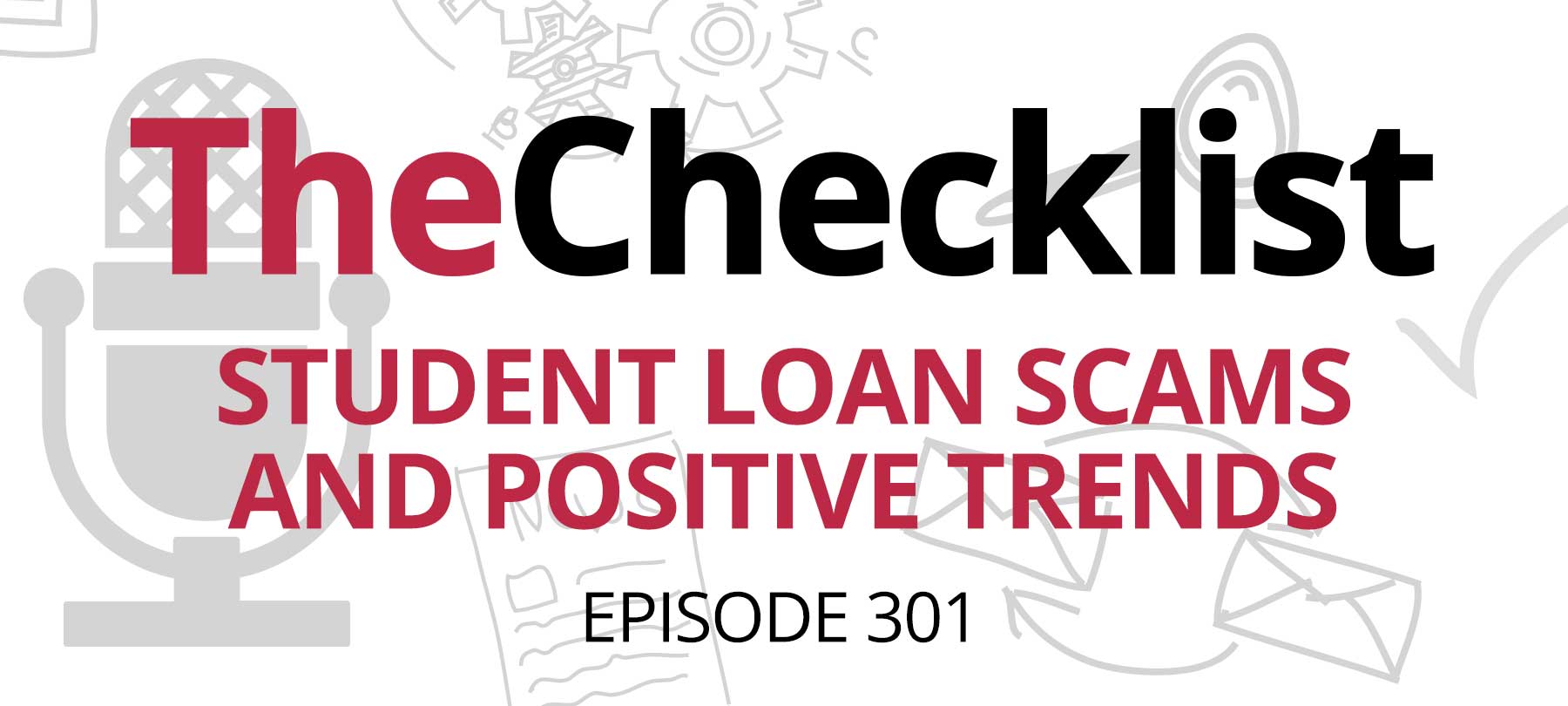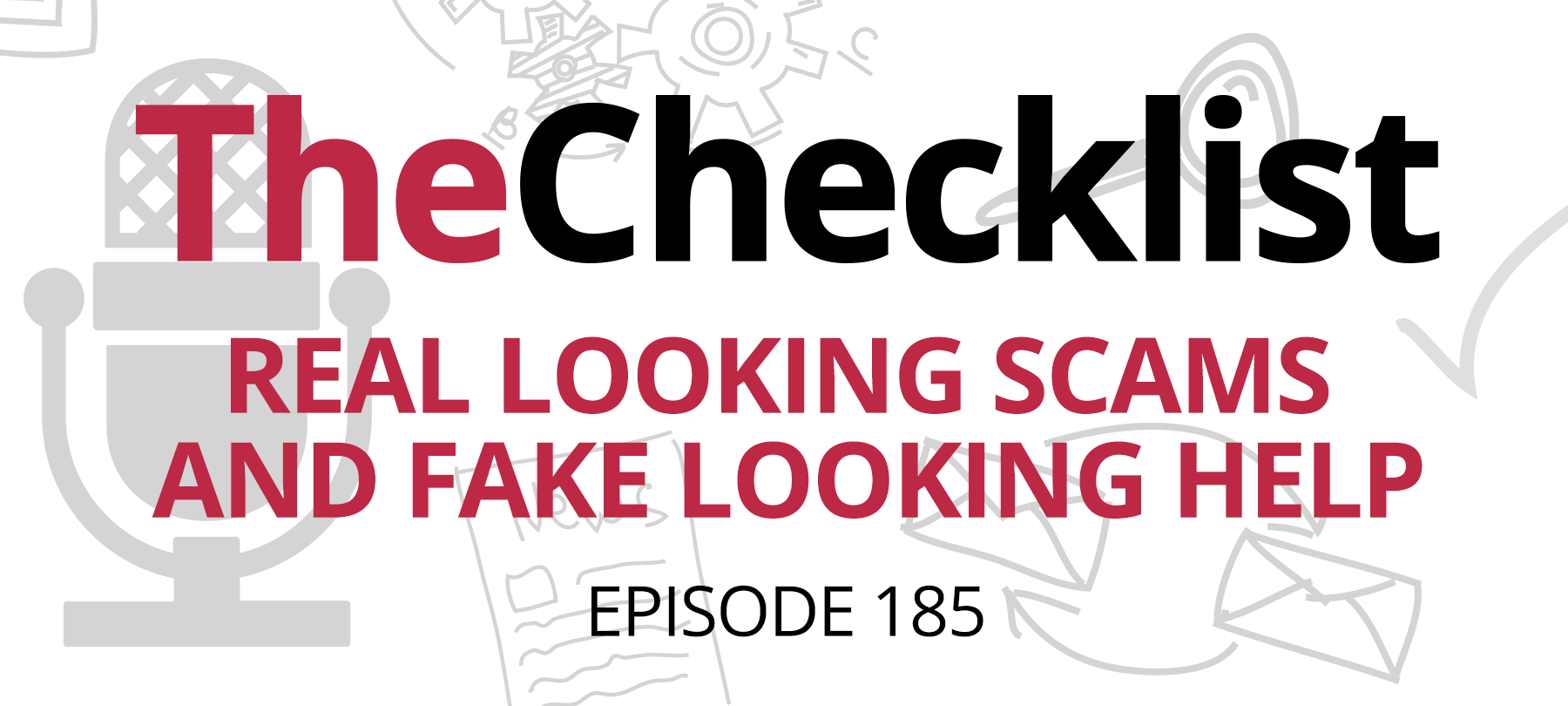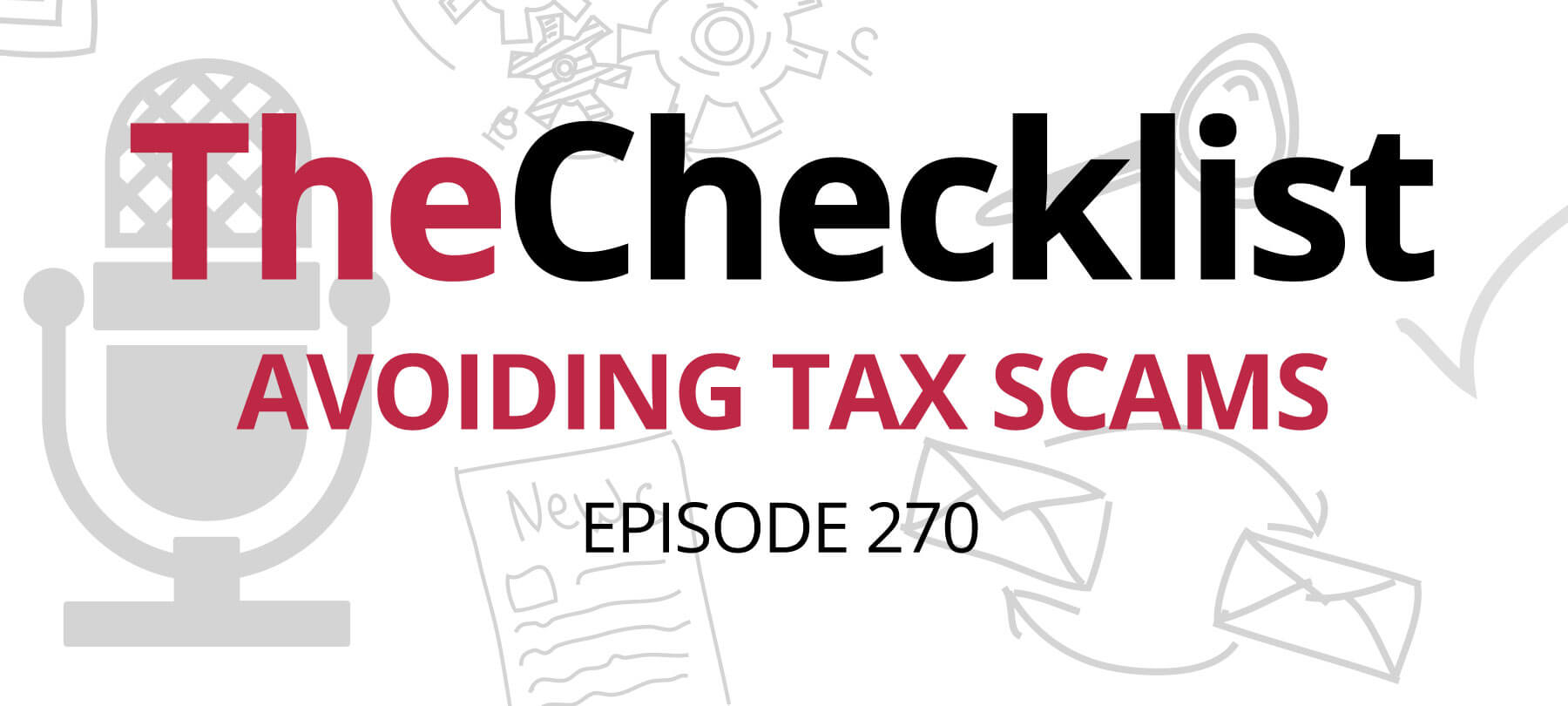Counterfeit Apple Products Worth Nearly $400,000 Seized by Federal Authorities in Los Angeles
In a recent crackdown on counterfeit goods, federal agencies have successfully seized counterfeit Apple products worth just under $400,000. The knock-off items, originating from Hong Kong, were intercepted at both the Los Angeles/Long Beach Seaport complex and Ontario International Airport. The confiscated haul included 220 imitation “wrist wearable devices” and a staggering 1,200 pairs of imitation wireless headphones. Authorities estimate that the authentic versions of these products would have amounted to approximately $396,812 in value.
Counterfeit Apple products pose significant risks to consumers beyond just financial losses. Experts warn against the allure of seemingly great deals and emphasize several reasons to avoid such fake products. Notably, recipients of counterfeit gifts may face disappointment and embarrassment. Furthermore, these imitation products often fall short of expected functionality, or worse, they might not work at all. Additionally, considering the dubious origins of counterfeit goods, safety concerns emerge as they are likely to bypass genuine product quality and safety standards.
Experts provide guidance on how to spot counterfeit electronics and other fraudulent goods. Common red flags include misspellings in advertisements and on product packaging. When purchasing from third-party sellers on platforms like Amazon, eBay, and Walmart, buyers are advised to thoroughly check the seller’s information, including their product range and customer feedback. If a deal appears too good to be true, it likely is.
To safeguard against counterfeit scams and online shopping risks, consumers are urged to shop on websites that offer secure payment options such as credit cards or PayPal. These methods provide recourse in case of disputes. Verifying the legitimacy of a website or company by checking for third-party verification, like Better Business Bureau accreditation, is highly recommended.
Counterfeit Apple products often exhibit telltale signs, such as misspelled words on packaging, poor build quality, and odd graphics. Genuine Apple products are known for their meticulous design and build quality. Checking the serial number, which can be found on the packaging or inside the product, can help confirm authenticity. Apple’s device coverage website offers a tool to verify warranty status and AppleCare eligibility based on the serial number.
If a counterfeit product has been unwittingly purchased, consumers are advised to contact customer support on the purchasing platform, especially on reputable sites like Amazon and eBay. In case the purchase was made from a less-established website, secure payment options like credit card or PayPal might enable chargebacks, although this may require filing a police report. Reporting counterfeit products to Apple and relevant authorities helps combat the proliferation of counterfeit goods.
Both Apple and law enforcement agencies encourage individuals to report instances of counterfeit products. Apple provides a dedicated counterfeit prevention website for reporting knock-offs and suspicious sellers. Anyone with information regarding such activities is urged to contact authorities through designated hotlines.
Student Loan Scams Rise Amidst Confusion Over Loan Changes: Beware of Fraudulent Schemes
In a landscape of evolving student loan policies, the potential for student loan scams has surged, capitalizing on confusion and emotions surrounding debt alterations. Reports indicate that scammers are targeting borrowers, taking advantage of the impending end to the student loan payment pause.
The backdrop of uncertainty, dramatic events, and policy shifts has historically paved the way for scam attempts. Throughout the pandemic and various global events, scammers exploited vulnerable situations, from the early days of COVID-19 to natural disasters and the passing of public figures.
As the end of the pause on student loan payments looms, scammers are seizing the opportunity to defraud millions of borrowers. Reports highlight the surge in student loan scam attempts that have persisted since the payment pause was initiated in 2020.
Targets and Tactics
Confusion Exploitation
Scammers are capitalizing on the confusion around changing student loan policies. The uncertainty about whether loans have been canceled, reduced, or remain unchanged becomes fertile ground for fraud.
Emotional Manipulation
The emotional toll of not knowing the exact amount owed in student debt is another factor scammers exploit. Coupled with a sense of urgency, borrowers are vulnerable to manipulative tactics.
Impersonation of Officials
Scammers are posing as loan servicers, armed with enough information about targets to appear convincing. They demand payment on alleged past-due amounts, diverting funds into their own accounts.
Justin Draeger, president of the National Association of Student Financial Aid Administrators, warns that the repayment resumption presents an ideal situation for scammers to prey on confused borrowers.
Scam Types
Fee-Based Assistance
Fraudsters promise to help borrowers navigate the loan confusion for a fee. Legitimate sources stress that borrowers never need to pay for assistance with federal student loans.Instant Debt Elimination
Scammers claiming to erase student debt instantly are fraudulent. Genuine loan forgiveness requires consistent payments over time or specific qualifications.Loan Servicer Impersonation
Scammers pretend to be loan servicers, demanding payments for alleged past-due amounts.
Preventive Measures
- Rely on trustworthy sources like StudentAid.gov for accurate information, avoiding social media misinformation.
- Do not respond to unsolicited calls, texts, or emails about loans.
- For inquiries or concerns, contact your loan servicer directly.
- Avoid succumbing to urgency; heightened emotions can lead to costly mistakes.
- If targeted by a student loan scam, contact your state’s attorney general or the Consumer Financial Protection Bureau.
As the October deadline for the resumption of student loan payments approaches, borrowers are urged to remain vigilant against the rising tide of scams seeking to exploit their confusion and apprehension.



